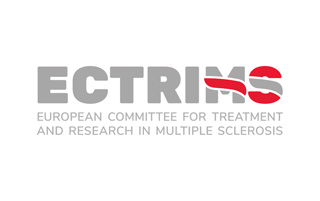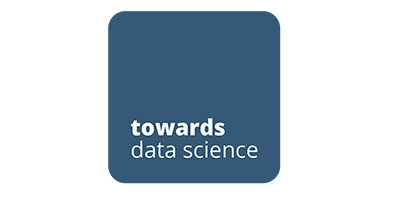
RNA profiles to distinguish multiple sclerosis (MS) and neuromyelitis optica (NMO) in peripheral whole blood
April 2023 – Platform Presentation
Lukasz S. Wylezinski1,2, Guzel I. Shaginurova1, Elena V. Grigorenko1, Jay. G. Wohlgemuth3, Franklin R. Cockerill1,4, Michael K. Racke3, and Charles F. Spurlock, III1,2,5
1 Decode Health, Inc., Nashville, TN 37203
2 Department of Medicine, Vanderbilt University School of Medicine, Nashville, TN 37203
3 Quest Diagnostics, Secaucus, NJ 07094
4 Department of Medicine, Rush University Medical Center, Chicago, IL 60612
5 Wagner School of Public Health, New York University, New York, NY 10012
Objective: Compare gene expression differences in the peripheral whole blood of patients with multiple sclerosis (MS) versus neuromyelitis optica (NMO), including differences in patients with NMO who are aquaporin-4 (AQP4) antibody positive (AQP4+) versus AQP4 negative NMO (AQP4-).
Background: MRI imaging and antibodies against AQP4 have been used to differentiate MS from NMO. However, early in the disease course, some patients do not have imaging or clinical characteristics that distinguish the two disorders, particularly in AQP4 antibody negative patients. Currently, there are no blood-based biomarkers that alone confirm the presence or absence of MS or NMO.
Design/Methods: Total RNA-sequencing was used to examine coding and non-coding RNA expression profiles, immune repertoire composition, and biologic pathway activation. Whole blood from relapsing-remitting MS patients (n=105), NMO patients (AQP4+ = 39, AQP4- = 14), and healthy controls (n=70) was collected into PAXgene tubes. MS and NMO patient samples were obtained from the Accelerated Cure Project and were not on disease-modifying treatment. MS and NMO patients were screened for myelin oligodendrocyte glycoprotein (MOG) antibody status. Plasma neurofilament light chain (NfL) was assessed to determine underlying disease activity.
Results: Differentially expressed genes, unique immune repertoire, and biologic pathway signatures with the greatest ability to differentiate among MS, NMO, and healthy controls were identified. Activation of pathways associated with antimicrobial responses and neutrophil activation were more prominent in NMO patients. Pathways associated with innate immune responses and type 1 interferons were enriched in the comparison of AQP4+ and AQP4- NMO patients.
Conclusions: These findings suggest that RNA-sequencing data derived from peripheral whole blood can identify the characteristic RNAs, immune repertoires, and pathways that distinguish MS from NMO and NMO AQP4+ versus AQP4- individuals. These approaches could lead to novel RNA-based biomarkers to identify patients with demyelinating diseases at their earliest stages and direct therapeutic management.

















